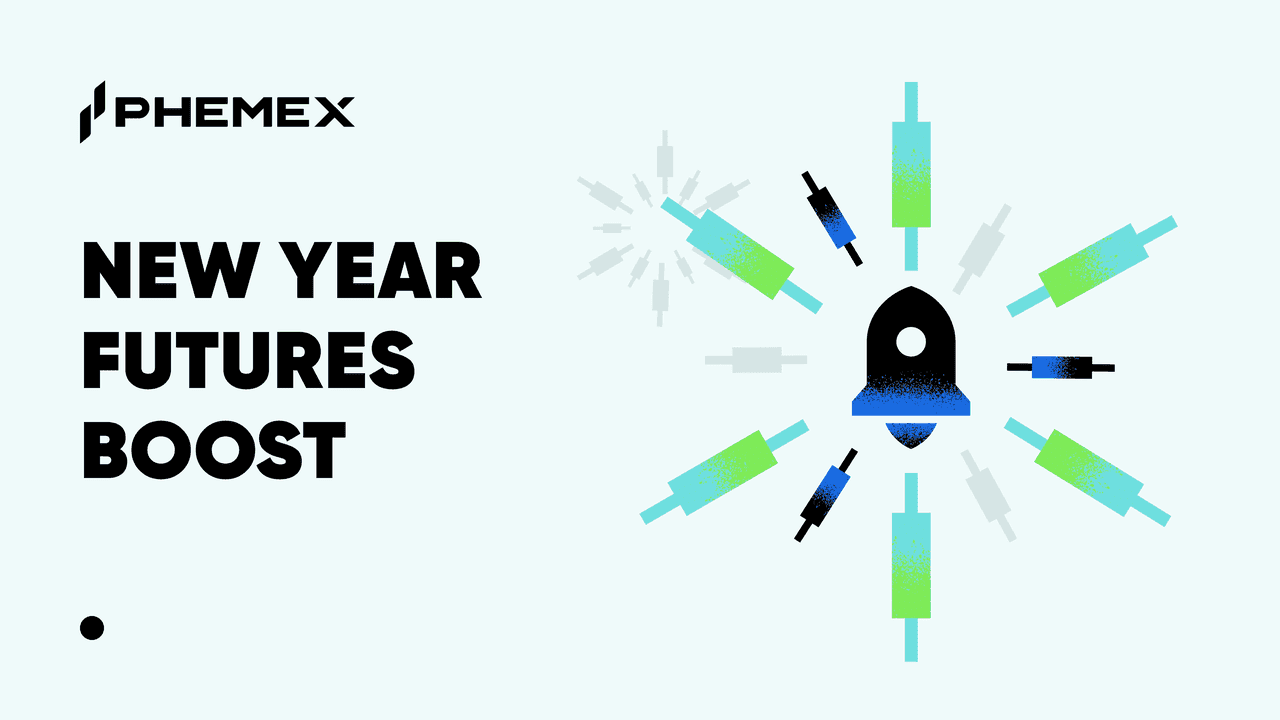As the discussion of the evolution of the internet shift towards Web5, Founder and CEO of Twitter and Square, Jack Dorsey is surely one to watch. According to a recent announcement by Jack Dorsey, Web 5.0 aims at giving users total control over their data. Users can also control the interaction of their data and how it will be used across the internet.

While this may sound too good to be true, Dorsey is confident that Web 5.0 is the future of the internet. In this article, we will discuss everything about Jack Dorsey’s new creation and what it means for the future of the internet.
What Is Web5?
Web 5 or Web 5.0 is an evolution of the web that enables decentralized applications and protocols.

While Web3 is still raising concerns about users not having complete control over their data and identity, its usage, and security issues; Web 5.0 promises to give users complete control over their data and identity because they will be able to save this information.
The three major pillars of Web 5.0 are:
- Self-owned identification (DID) allows decentralized authentication and routing of identities.
- VC or verifiable credentials that verify and present assertions in a cryptographic pattern.
- DWN or decentralized web nodes that handle data storage and serve as the backbone for DApps.

While Web 5.0 is still in development, it’s expected to be a combination of Web2 and Web3 with a focus on creating a linked web that is not only intelligent but also emotional.
Why Web5?
Jack Dorsey envisions a next-gen internet that’s decentralized and secure. Web 5.0 has been termed «The telepathic web» or «The Symbionet Web» and is said to be rolled out after 2030 when concepts like brain implants will become popular.
It’s called telepathic because it’s believed that the chips in a user’s brain could instruct devices on certain actions. This will be based on emotional cues or electronic signals in the user’s brain.
However, there is a catch. Dorsey describes this concept of Web 5.0 to be ‘truly’ decentralized. This means there are no governments or intermediaries to control or share the user’s data. All of this indirectly means an end to censorship and is far more secure from outages.
To access Web 5.0 users need a digital wallet that stores their identity, data and authorizations. When a user logs into a decentralized social media app, there’s no need to create a profile, as the digital wallet would already have a verified identity. Users will therefore be free to interact anonymously with the web without fear of being tracked.
How To Invest In Web5?
Dorsey’s Web5 is overseen by TBD, a Block subsidiary. The initiative’s launch date hasn’t yet been revealed. As it would use Bitcoin, Web5 won’t have its own token. You can also support the project that Dorsey is sponsoring on the developer website.

It’s important to note that Dorsey’s project has left out details like how TBD makes a profit, business use cases, the potential of long-term ownership, energy utility, and output.

What Is The Difference Between Web3 And Web5?
Even though Web3 and Web 5.0 share the same vision, the technologies and protocols that build these platforms are different. According to Jack Dorsey, Web3 is based on multiple blockchain networks or single-point-of-failure systems. He claims that Web3 is controlled by a few venture capitalists.
On the other hand, Web 5.0 will be made of a series of DApps and protocols. So instead of multiple blockchains, Web 5.0 will leverage only Bitcoin and build everything on top of it.
Conclusion
Web 5.0 is at an early nascent stage with speculations running rife about its features. However, it’s clear that Jack Dorsey’s new creation has the potential to change the internet as we know it. Only time will tell how successful Web 5.0 turns out to be.












